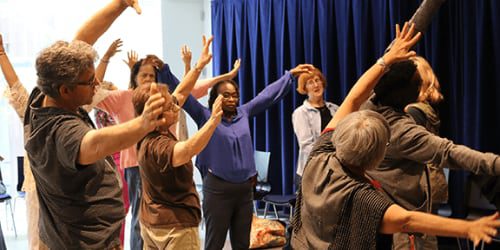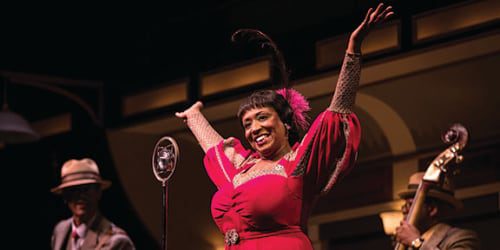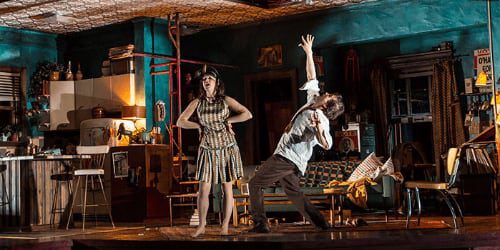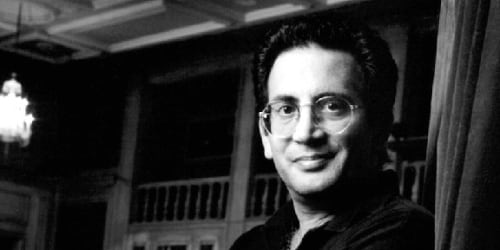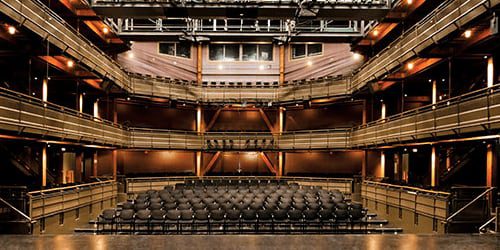- Tickets
- Memberships & Season
- Engage & Learn
- Your Visit
- Support
- Artists
- About
- Accountability
- Ticket Donation Requests
- Financials
- Rentals at the Goodman
- Our History
- Staff & Leadership
- Join the Goodman
- Press Room
- 2025-2026 Season
- 2024-2025 Season
- 2023 – 2024 Season
- 2022 – 2023 Season
- 2021 – 2022 Season
- 2019 – 2020 Season
- Hershey Felder as Irving Berlin
- Goodman Gala
- A Paris Love Story
- Bernhardt Hamlet
- The Santaland Diaries
- American Mariachi
- School Girls; Or, The African Mean Girls Play
- Molly Sweeney
- graveyard shift
- Roe
- 42nd Annual Production of A Christmas Carol
- Dana H
- Daughter of a Cuban Revolutionary
- New Stages Festival 2019
- 2018 – 2019 Season
- 2017 – 2018 Season
- 2016 – 2017 Season
- 2015 – 2016 Season
- 2014 – 2015 Season
- About the Goodman
Artist Bio
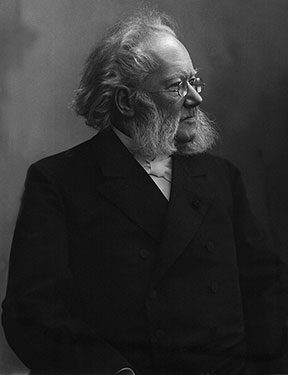
Henrik Ibsen
(1828 – 1906) Born in Skien, Norway, Ibsen was apprenticed at age 15 to an apothecary, a situation he detested. He wrote poetry to escape his misery and at 20 attended the university in Christiania (now Oslo). Within a short time his plays were being published and produced at the Christiania Theatre. In 1851, he was appointed to the theater at Bergen, where he served as director, designer and resident playwright. After six years learning his craft in Bergen, Ibsen moved back to Christiania, again working as a theater manager and artistic advisor. Plays from this period, such as The Vikings at Helgeland (1858) and Loves Comedy (1862), demonstrated his mature voice for the first time and, like many of his later plays, stirred up controversy on their first appearances. In 1864, Ibsen applied to the government for a poet’s stipend; when it was refused, he exiled himself from Norway. The injustice he felt at this denial helped propel his two early masterpieces, the verse dramas Brand (1866) and Peer Gynt (1867). Ibsen spent most of his years of exile in Germany, though he frequently spent months at a time in Italy. He returned briefly to Norway for the publication of his huge epic Emperor and Galilean (1873). He published A Doll’s House in 1879, followed by Ghosts (1881), An Enemy of the People (1882), The Wild Duck (1884), Rosmersholm (1886), The Lady from the Sea (1888), Hedda Gabler (1890), The Master Builder (1892), Little Eyolf (1894) and John Gabriel Borkman (1896). When We Dead Awaken, Ibsen’s last play and a grand culmination of his themes, appeared in 1900. He returned to Christiania in 1891 to live out his life and died four years after suffering a physical and mental breakdown.








